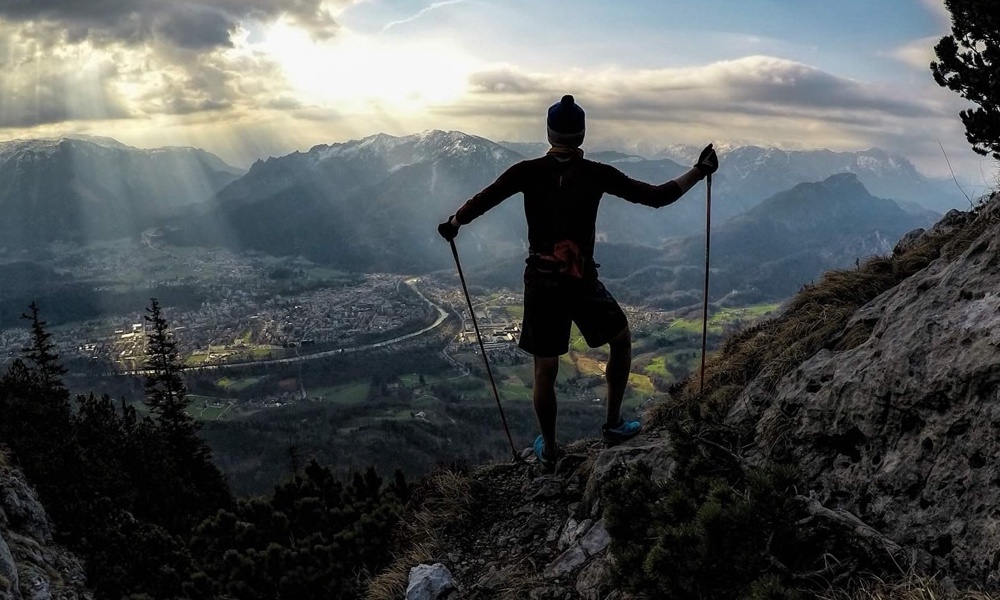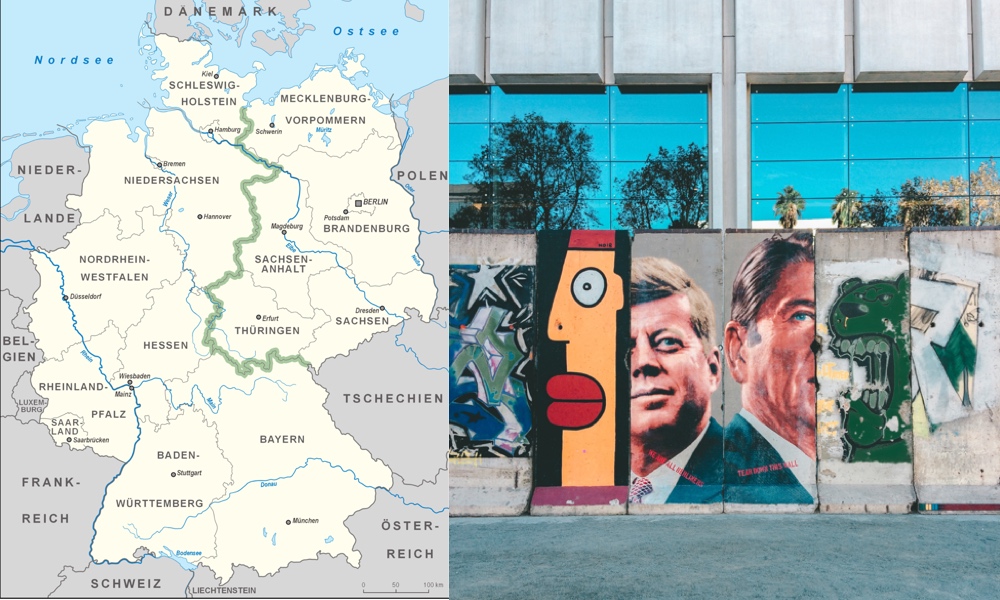
© Philipp Reiter
Suunto athlete and filmmaker Philipp Reiter and eight other runners from Germany and Austria are setting out on November 1 to run the once feared militarized border – called the “death strip” by west Germans – that divided east and west Germany from 1952 to 1990.
“We have four campervans and runners of all different ages and originally from both sides of the former border,” Philipp says. “I know the history of the border from school, but if you are not born in that time, you don’t really understand what it was like then,” he says. “I think it’s going to be really nice learning about this.”
The 1400 km adventure run will include 16,000 m of vertical gain and the highest point on the route is the summit of Brocken, a 1142 m peak in the Harz Mountain Range. The team will run it as a relay, with one athlete running 15 km before the next steps in and takes over. Most of the route will be on quiet forest roads.
They are inviting local runners in towns and villages they pass through to follow their journey on Strava and to join them when they are nearby. Philipp is interested to hear the stories of people who lived during the time of the border.
“This project is about showing that even if it takes 40 years, there is always an opportunity to take borders down, even now,” he says, “These borders can be physical like this one, or they can be in the form of prejudices. How many people really try to understand the problems of another person?”

Map showing the former border, now called the Green Belt. And the remains of the Berlin Wall. © LENCER (CC BY-SA 3.0) © Photo by Isai Ramos on Unsplash
The inner German border, part of the Iron Curtain, stretched from the Baltic Sea to the former Czechoslovakia. The Berlin Wall was only a smart part of it. West Germans called it the “death strip” because it was so perilous to cross. The borderzone was fortified with trip-wire machine guns, more than a million landmines, 3000 attack dogs and guards with orders to shoot to kill.
In spite of this, thousands of people risked their lives trying to escape the totalitarian German Democratic Republic in the east for a better life in the Federal Republic of Germany in the west. Hundreds of them died in the process.
Since the fall of the wall, the borderzone has been demilitarized, and is now a popular area for cycling and walking. Thanks to a conservation project led by BUND Naturschutz what was once a “monument to repression” has been transformed into a “symbol of renewal”. Now called the Green Belt, the former border is a hotspot for wildlife.
This year marks the 30th anniversary of the fall of the Berlin Wall. Starting on November 4, there will be events and exhibitions across the city.
Follow Philipp and the team’s journey here on Strava.